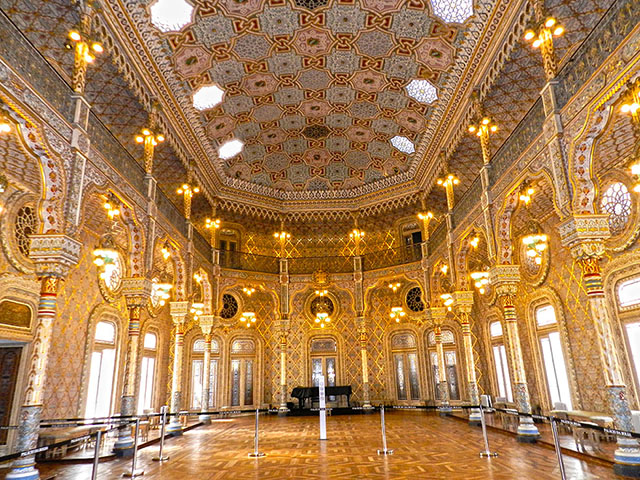Culture is a vital piece of contention and strife determination. Cultures are analogous to underground waterways that gone through our lives and acquaintances, providing us memoranda that contour our observations, ascriptions, verdicts, and opinions of identity and others.
Porto is a remarkable city giving us an opportunity to explore nature. The Portuguese city of Porto is pre-eminently acknowledged for two possessions: its stream, the Douro, a perpetually more prevalent decision for waterway travels, and its port. In any case, the memorable slope city itself ought not to be neglected. One of the most seasoned urban areas in Europe, its labyrinth of precipitous and restricted patched roads is home to delightful squares, places of worship and houses with vividly tiled façades. Outside the memorable heart, the city has seen a renaissance, its ocean side rural areas progressively home to outstanding contemporary structural planning and cooking.
In spite of its World Heritage status, the ancient civic, Ribeira, feels unusually relinquished. As Porto’s childhood interchange to the more multicultural rural areas, Ribeira has been left to its own particular gadgets. Yet people discovered quite a bit of its appeal lies in its flimsiness. It feels unaltered and the best of all, unfamiliar. As vacationers passed inhabitants tattling before out of date little shops offering stitching machines and lingerie’s, tourists feel they’d venture back in time.
Two Porto foundations represent this feeling of a former time. The main is Lello, a bookshop opened in 1906 that looks like a stupendous library with its hand-cut wooden racks, focal staircase and recoloured discriminatory limitation. The second is Café Majestic, where youthful significant others blend with shrewd nearby women, situated on cowhide banquettes underneath Art Deco ceiling fixtures, served by servers in white coats. Vacationers can go for tea and requested rabanadas “Magnificent style”, a scrumptious kind of sugary French toast presented with a glass of port.
Porto isn’t rich in great metro structures yet the Palácio da Bolsa, the city’s previous stock trade, makes up for the setback. A disappointingly dull and onerous Neoclassical outside offers route to a progression of stately rooms brimming with character and interest. Sneaking in front of the visit bunch, Tourists can discover themselves alone in the stunningly fancy Arab Room, where every last bit is secured in improvement: intriguing wood, mind boggling plasterwork, recoloured crystal and 45 pounds of gold leaf.
The nearby church of St Francis is not divergent, in that it’s unassuming outside appears inconsistent with the extravagant Baroque carvings covered up inside. People can discover the lavish, plated wood overpowering; rather it’s the straightforwardness of the wooden carvings in the roof, the first building design and sublime rose window that loan the congregation its excellence. Between the city exhibition halls, the shopping, and the marvels, there is always a week of energizing new encounters.
The Serralves Foundation in Porto and Museum helped goad the city’s revolution from an adequate wine-creating town to a focal point of contemporary workmanship and building design. Various exhibitions now populate the Rua Miguel Bombarda in the downtown area. In the hot neighborhood, where the Douro River streams into the Atlantic, the Foz do Douro territory is quickly turning into a style and configuration Mecca. The principle eateries and discos along the city’s riverfront are composed by youthful Portuguese designers.
Rua das Flores (bloom’s road) is one of the best spot to be and it doesn’t make a difference on the off chance that it’s morning, evening or night. As of late the vast majority of the structures were revamped, keeping the average Porto’s exterior, yet the new hues and tiles have given the road a second life. It’s completely delightful, and you ought to pay consideration on the little points of interest, the power encloses all designed diverse styles, from drawings to sentences in the trademark Porto tongue. It’s an impeccable spot to walk and feel Porto. You can locate all sort of bistros, eateries, shops and even little galleries on this road.
These were some marvellous spots and designs that depict Porto’s nature and culture. People living in Porto relish a resilient yet cognizance refreshing culture. It’s the best pace to visit around and wander about to explore Mother Nature make a paramount out of it. There are a number of ancient temples and buildings that are of inordinate importance too, Minho and Duoro, if you name about roughly. Despite all these the museums and the monuments located there depict the very own culture and art of the city right away. By and by it’s a main tourist attraction and the focal point of many regional and traditional activities here in Portugal.

